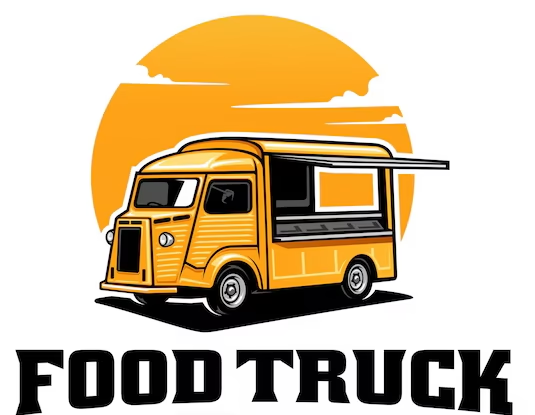Rolling Up Success: How to Build Your Own Food Trailer
Dreaming of hitting the road with http://yourdesignedfoodtrailer.shopyour own mobile kitchen? Building a food trailer from the ground up is a bold and rewarding adventure—equal parts creative vision, mechanical planning, and entrepreneurial hustle. Whether you’re a DIY enthusiast or just want to understand the process before hiring help, here’s a step-by-step guide to turning your idea into a fully functional food trailer.
1. Start With a Solid Plan
Before grabbing a wrench, clarify your:
- Business concept and menu – Your equipment http://ebay.comlayout depends heavily on what you’re cooking.
- Target market and locations – City permits, space limitations, and power availability all factor in.
- Budget – Costs can vary widely, so outline priorities and plan for unexpected expenses.
Sketch out your ideal floor plan including appliances, prep space, storage, and service windows.
2. Choose Your Trailer
You can start with:
- A new cargo trailer
- A used utility trailer
- A gutted camper or vintage trailer
Make sure it’s roadworthy and http://craigslist.orgstructurally sound. Steel or aluminum frames are ideal for durability and weight handling.
3. Build the Foundation
- Flooring: Install slip-resistant, http://commercialtrucktrader.comwaterproof flooring (like commercial-grade vinyl).
- Insulation & Walls: Use foam board or spray foam, then seal with easy-to-clean wall panels (e.g., FRP or stainless steel).
- Windows & Doors: Add a service window with a countertop and screens. Install secure entry doors.
4. Set Up Electrical & Plumbing Systems
- Electricity: Wire your trailer http://usedvending.comwith 110V or 220V circuits, install outlets, and connect to a generator or shore power. Don’t skip the circuit breaker panel!
- Plumbing: Most areas require a 3-compartment sink plus a handwashing sink. You’ll need a freshwater tank, greywater tank, and a water pump.
Local code might also require a hot water heater—usually powered by propane or electricity.
5. Equip Your Kitchen
Common appliances include:
- Griddle or grill
- Fryer
- Steam table
- Refrigerator/freezer
- Hood and fire suppression system (especially for grease-heavy cooking)
Secure everything with heavy-duty brackets or straps—your gear needs to stay put while in motion.
6. Add the Finishing Touches
- Ventilation: Install roof http://facebook.com/marketplacevents and an exhaust hood to keep things cool and compliant.
- Storage: Maximize space with upper cabinets, racks, and under-counter compartments.
- Lighting: Go for bright, energy-efficient LED fixtures.
- Exterior Design: Wrap or paint your trailer for branding that turns heads on the street.
7. Get Legal & Ready to Serve
- Apply for licenses and health permits
- Schedule health inspections
- Get insurance for both the trailer and the business
- Test everything before launch—plumbing, wiring, appliances, service flow
Final Thought
Building your own food trailer is http://bing.comequal parts grit and glory. It’s about crafting not just a kitchen, but a brand on wheels—something that reflects your passion and feeds your purpose. Whether you serve gourmet waffles or sizzling skewers, there’s no limit to where the road (and your recipes) can take you.

